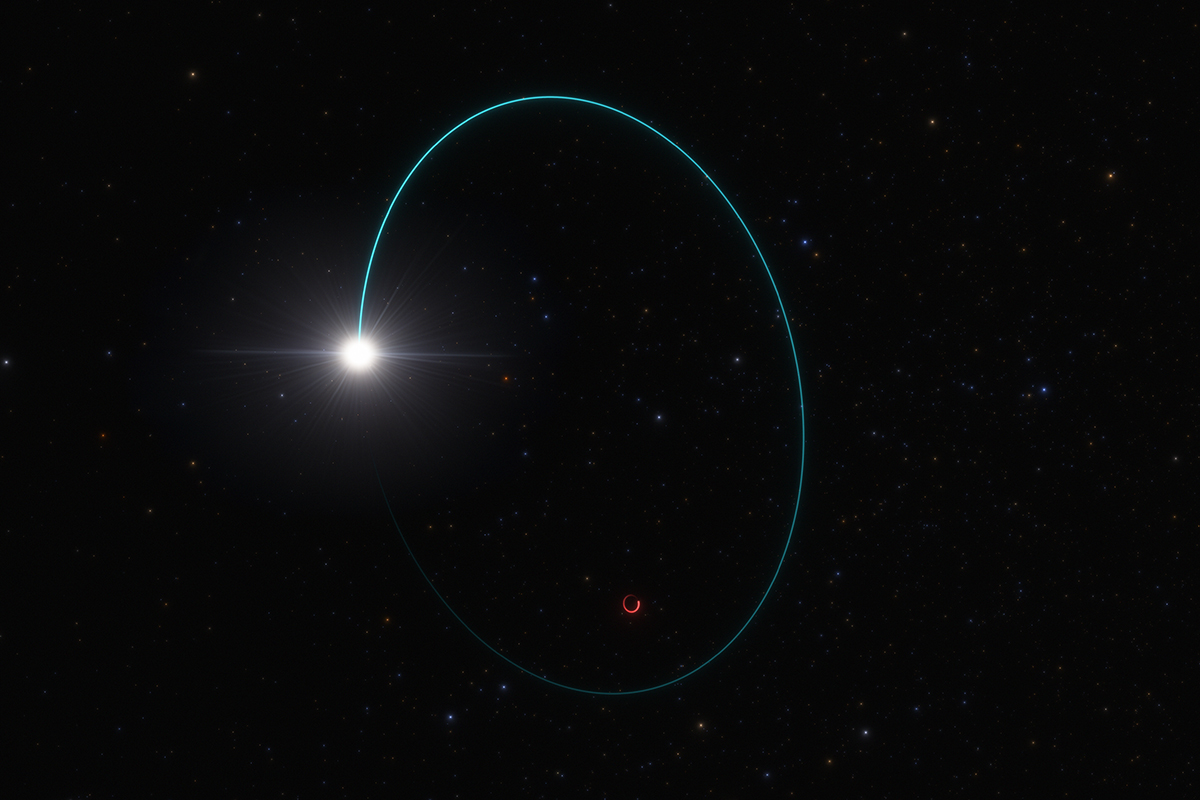
Scientists Have Uncovered A ‘Sleeping Giant’ Within The Milky Way, Black Hole Gaia-BH3
According to NASA, black holes are among the most mysterious cosmic objects, that are much studied yet still not fully understood.
George Seabroke and his colleagues shook the world of science while using the Gaia space telescope, they found the largest stellar black hole ever spotted – Gaia-BH3. It is 33 times the mass of the sun and the 2nd nearest black hole to Earth ever discovered.
More info: Astronomy & Astrophysics
About 2000 light years away, astronomers have found the largest stellar black hole ever spotted, Gaia-BH3
Image credits: ESO
Image credits: ESO
“Finding Gaia BH3 is like the moment in the film ‘The Matrix’ where Neo starts to ‘see’ the matrix,” shared George Seabrook, a scientist at Mullard Space Science Laboratory at University College London and a member of Gaia’s Black Hole Task Force. ”In our case, ‘the matrix’ is our galaxy’s population of dormant stellar black holes, which were hidden from us before Gaia detected them,” he added.
According to The European Space Agency, Gaia BH3 is the 3rd dormant black hole found with the Gaia space telescope. The discovery is truly very exciting because of the mass of the object. “This is the kind of discovery you make once in your research life,” said Pasquale Panuzzo of CNRS, Observatoire de Paris, in France, who is also the lead author of this finding. “So far, black holes this big have only ever been detected in distant galaxies by the LIGO–Virgo–KAGRA collaboration, thanks to observations of gravitational waves,” explained the scientist.
Usually the average mass of known black holes of stellar origin in our galaxy is around 10 times the mass of our Sun. Until now, the biggest weight had a black hole in an X-ray binary in the Cygnus constellation (Cyg X-1), whose mass is estimated to be around 20 times that of the Sun.
By discovering such a big stellar black hole as Gaia BH3, the astronomers now are dealing with the difficulties of explaining it because our current understanding of how massive stars evolve and die does not immediately explain how these types of black holes came to be.
Most of the theories predict that massive stars, as they age, shed a sizeable part of their material through powerful winds. They are partly blown into space when they explode as supernovas. The remaining parts of their core further contracts to become either a neutron star or a black hole, depending on its mass. Yet when the cores are large enough to end up as black holes of 30 times the mass of our Sun then it becomes very difficult to explain. In Gaia BH3’s case, the clue might be hidden in the companion star which is something unusual and remarkable.
Gaia-BH3 has a mass 33 times that of the sun and is the 2nd nearest black hole to Earth ever discovered
Image credits: ESO
Image credits: ESO
Image credits: ESA
The companion star belongs to the family of the Galactic stellar halo and has very few elements heavier than hydrogen and helium, indicating that the massive star that became Gaia BH3 could also have been very poor in heavy elements. For the very first time, this could support the theory that the high-mass black holes observed by gravitational wave experiments were produced by the collapse of primeval massive stars poor in heavy elements. It’s possible that these early stars might have evolved differently from the massive stars we currently see in our galaxy.
“What strikes me is that the chemical composition of the companion is similar to what we find in old metal-poor stars in the galaxy,” said Elisabetta Caffau of CNRS, Observatoire de Paris, who is also a member of the Gaia collaboration. “There is no evidence that this star was contaminated by the material flung out by the supernova explosion of the massive star that became BH3,” she added, suggesting that the black hole acquired its companion only after its birth, capturing it from another system.
Of course, Gaia-BH3 looks small compared to the supermassive black hole Sagittarius A* (Sgr A*) which has a mass 4.2 million times that of the sun
Image credits: ESA
Image credits: ESA
According to NASA, black holes aren’t really holes. More accurate would be to say that they are huge concentrations of matter packed into very tiny spaces. The gravity just beneath its surface, the event horizon, is strong enough that nothing, even light, can escape. The event horizon becomes a boundary that contains all the matter that makes up the black hole.
The nearest discovered black hole is called Gaia BH1 which is about 1,500 light-years away. The most massive black hole until now observed is TON 618, which is 66 billion times the Sun’s mass. Another interesting fact would be that all the black holes spin and the fastest-known is named GRS 1915+105. It makes over 1,000 rotations per second! I found it also very interesting that if we would replace the Sun with a black hole of the same mass, the solar system would get a lot colder but the planets would stay in their orbits due to the same gravity.
Image credits: ESA
The next release of Gaia data is excitingly promising because the scientists are planning to take a deeper look into the study of binary systems and the discovery of more dormant black holes in our galaxy. Berry Holl of the University of Geneva, in Switzerland, member of the Gaia collaboration, said that they “have been working extremely hard to improve the way we process specific datasets compared to the previous data release (DR3), so expect to uncover many more black holes in DR4.”
Since Gaia began its journey in the skies in 2014, it is astonishing what scientists have discovered in such a relatively short space of time by digging deep into our galaxy’s past and current structure. And who knows, maybe very soon Gaia BH3 will unveil much more secrets about black holes and the entire universe that we still know so little about?
People on the internet didn’t miss the chance to leave a comment on the remarkable cosmic discovery

Poll Question
Thanks! Check out the results:
You May Also Like
Woman Refuses To Chip In For Babysitting Because She Doesn’t Even Have Kids, Asks If She’s A Jerk
Do you think childless individuals should be expected to chip in for group babysitting costs during friend gatherings?
“They Saw The Blood Leave My Body”: Woman Refuses To Tip 10% At Bridal Store
How do you feel about the practice of tipping at a bridal store?
17 Y.O. Is Done Sharing Her Birthday With Her Late Twin, Parents Are Not Having It
Do you think the girl should be allowed to celebrate her birthday without the remembrance of her deceased twin?
Thank you so much for your constant support! ☺️🌻
Load More Replies...Another great and fascinating astronomy post! Finding a black hole larger than TON 618. TON 618 is estimated to be so large that it could swallow the entire solar system - a distance of 0.04 light years! That size is so inconceivable! Thanks to the James Webb Space Telescope, we've been able to find considerable evidence that the very young universe formed hyper massive stars so large and dense that their core was instantly compressed into a black hole at the ignition of the star's fusion. Instead of the star's fusion pushing back against the weight of the star, the star's gravity forcefed the contents of the star into the black hole core, resulting in these super massive black holes. The hyper nova from when these stars died laid the foundation for every galaxy, each orbiting the massive black hole at its center. It will be interesting to see how our understanding of Gaia BH1 will evolve as more telescopes and peer reviews further analyze it. Thank you again for posting! 🙂
Thank you so much, Kathy! 🤍🚀 TON 618 is something incredibly huge, even hard to imagine 👀. NASA's video (https://www.youtube.com/watch?v=8GnSFAZD8YY) is quite well showing here the scale.
Load More Replies...Thank you so much for your constant support! ☺️🌻
Load More Replies...Another great and fascinating astronomy post! Finding a black hole larger than TON 618. TON 618 is estimated to be so large that it could swallow the entire solar system - a distance of 0.04 light years! That size is so inconceivable! Thanks to the James Webb Space Telescope, we've been able to find considerable evidence that the very young universe formed hyper massive stars so large and dense that their core was instantly compressed into a black hole at the ignition of the star's fusion. Instead of the star's fusion pushing back against the weight of the star, the star's gravity forcefed the contents of the star into the black hole core, resulting in these super massive black holes. The hyper nova from when these stars died laid the foundation for every galaxy, each orbiting the massive black hole at its center. It will be interesting to see how our understanding of Gaia BH1 will evolve as more telescopes and peer reviews further analyze it. Thank you again for posting! 🙂
Thank you so much, Kathy! 🤍🚀 TON 618 is something incredibly huge, even hard to imagine 👀. NASA's video (https://www.youtube.com/watch?v=8GnSFAZD8YY) is quite well showing here the scale.
Load More Replies...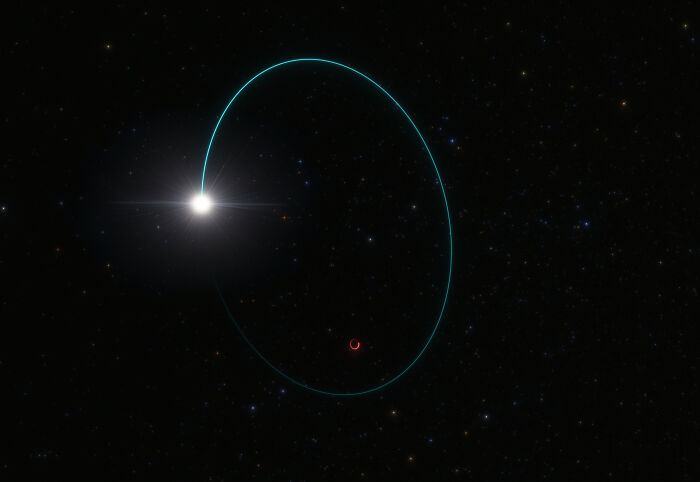
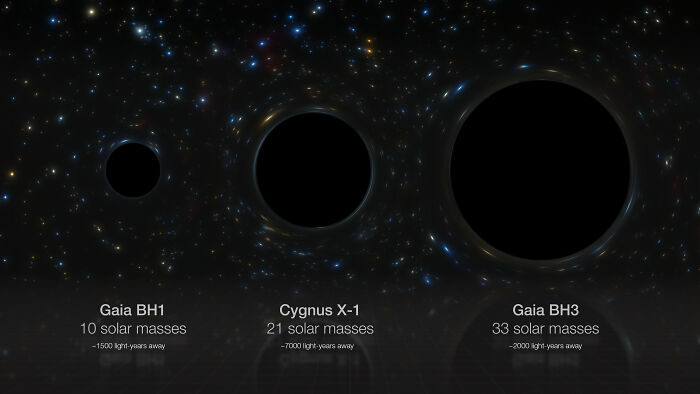
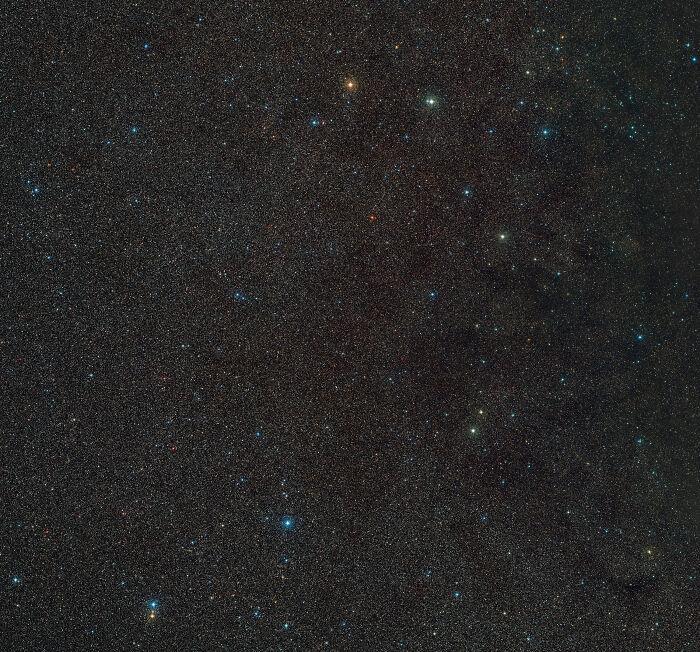
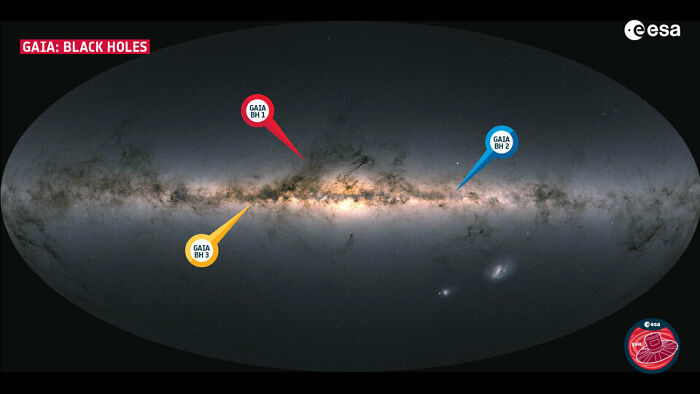
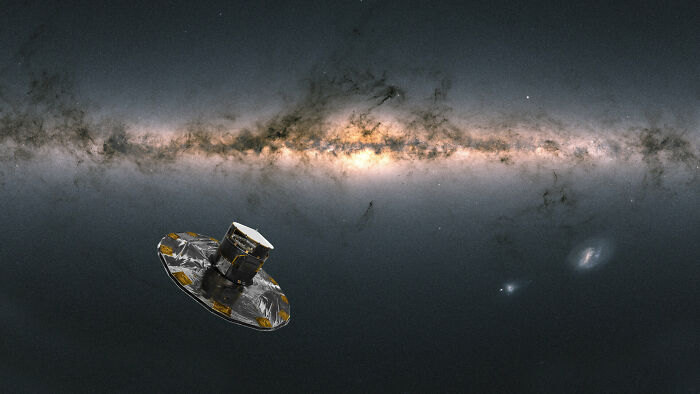
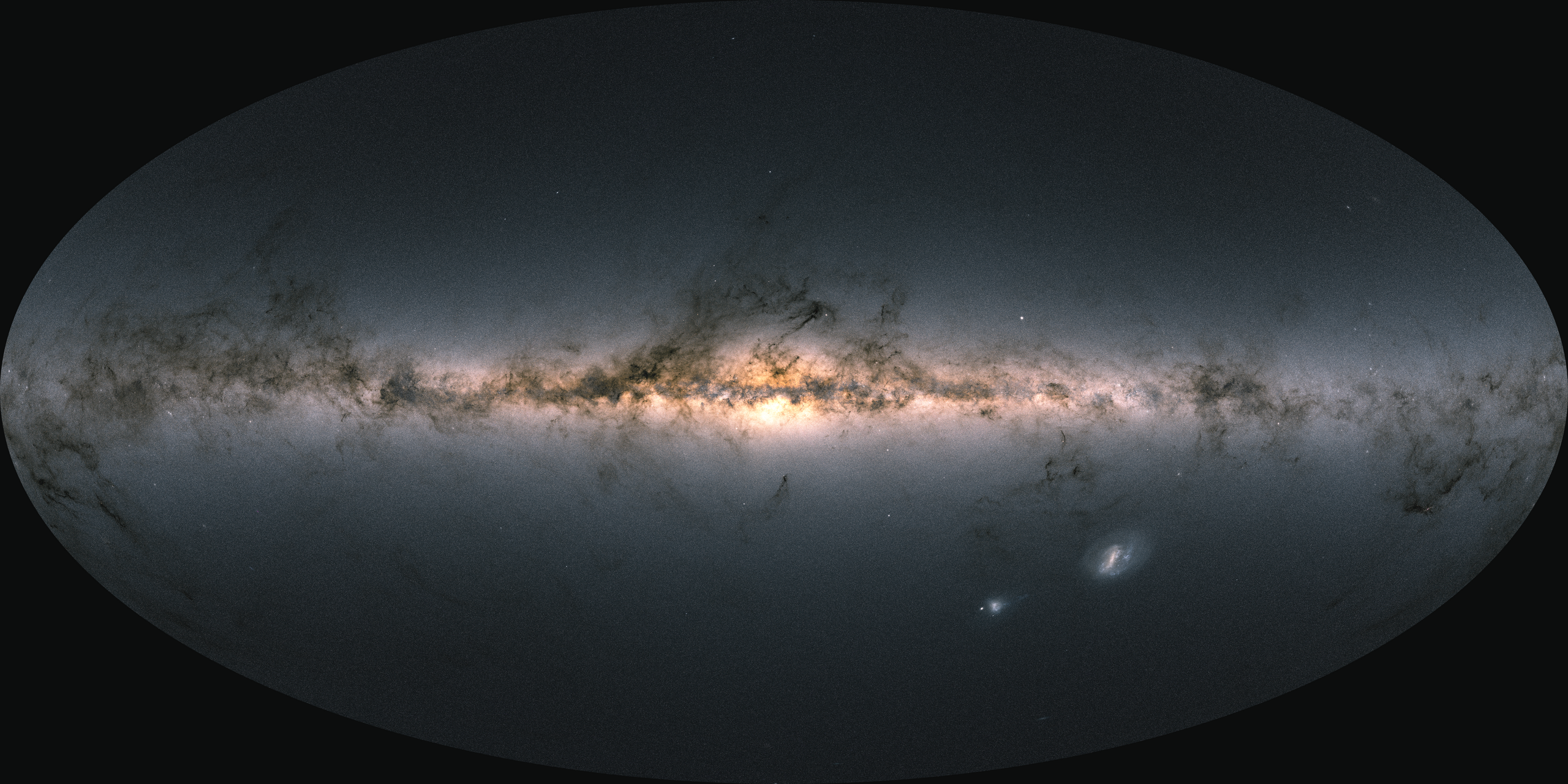
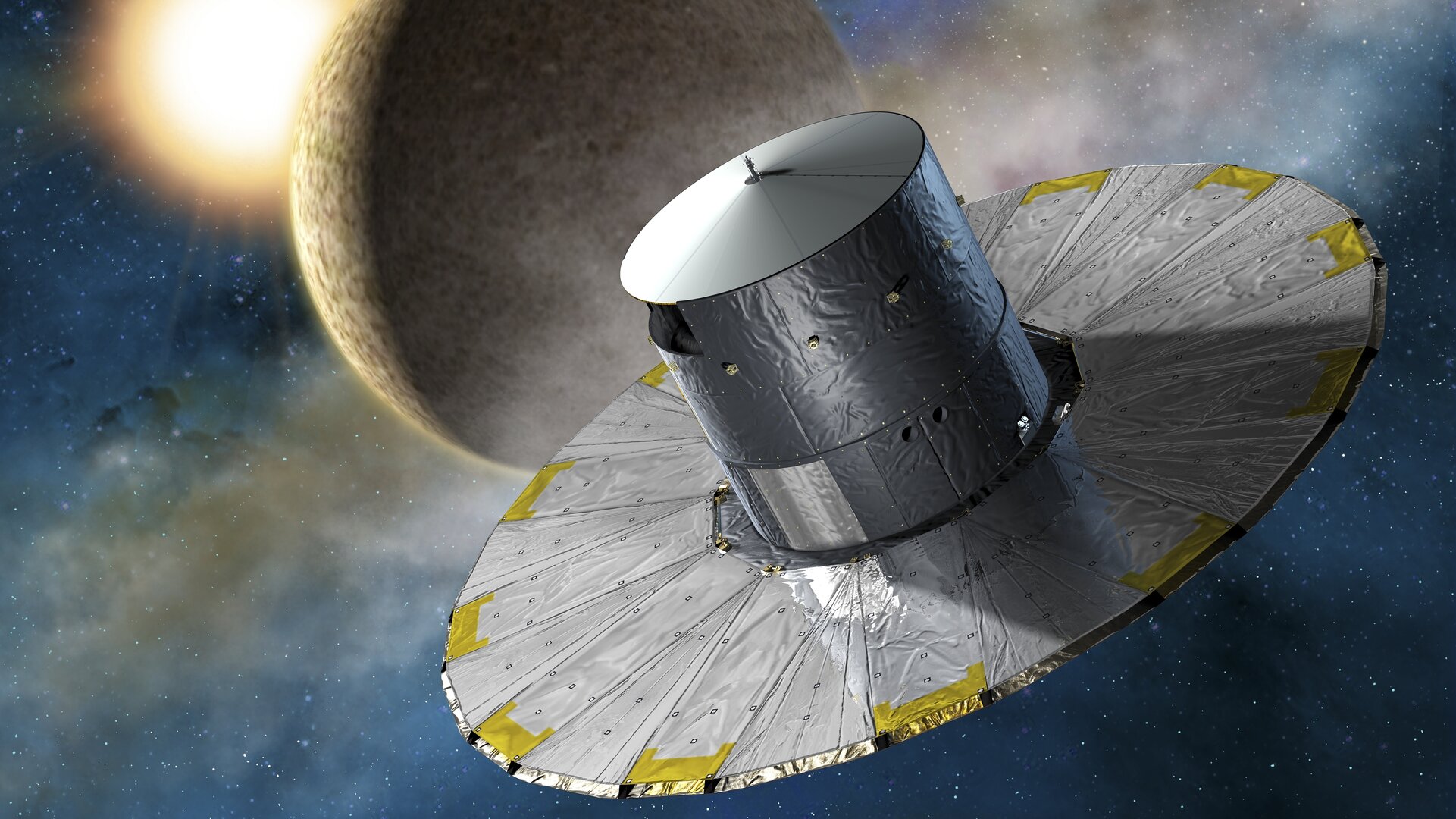


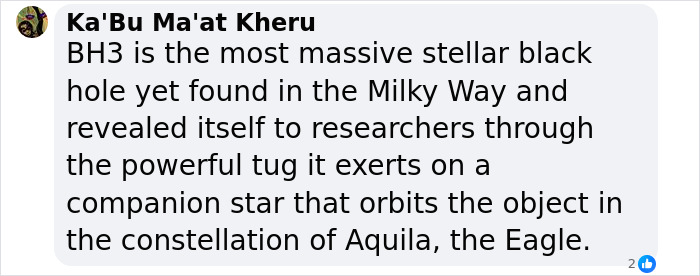



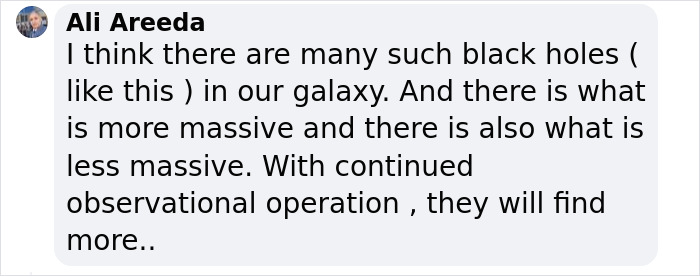






60
7